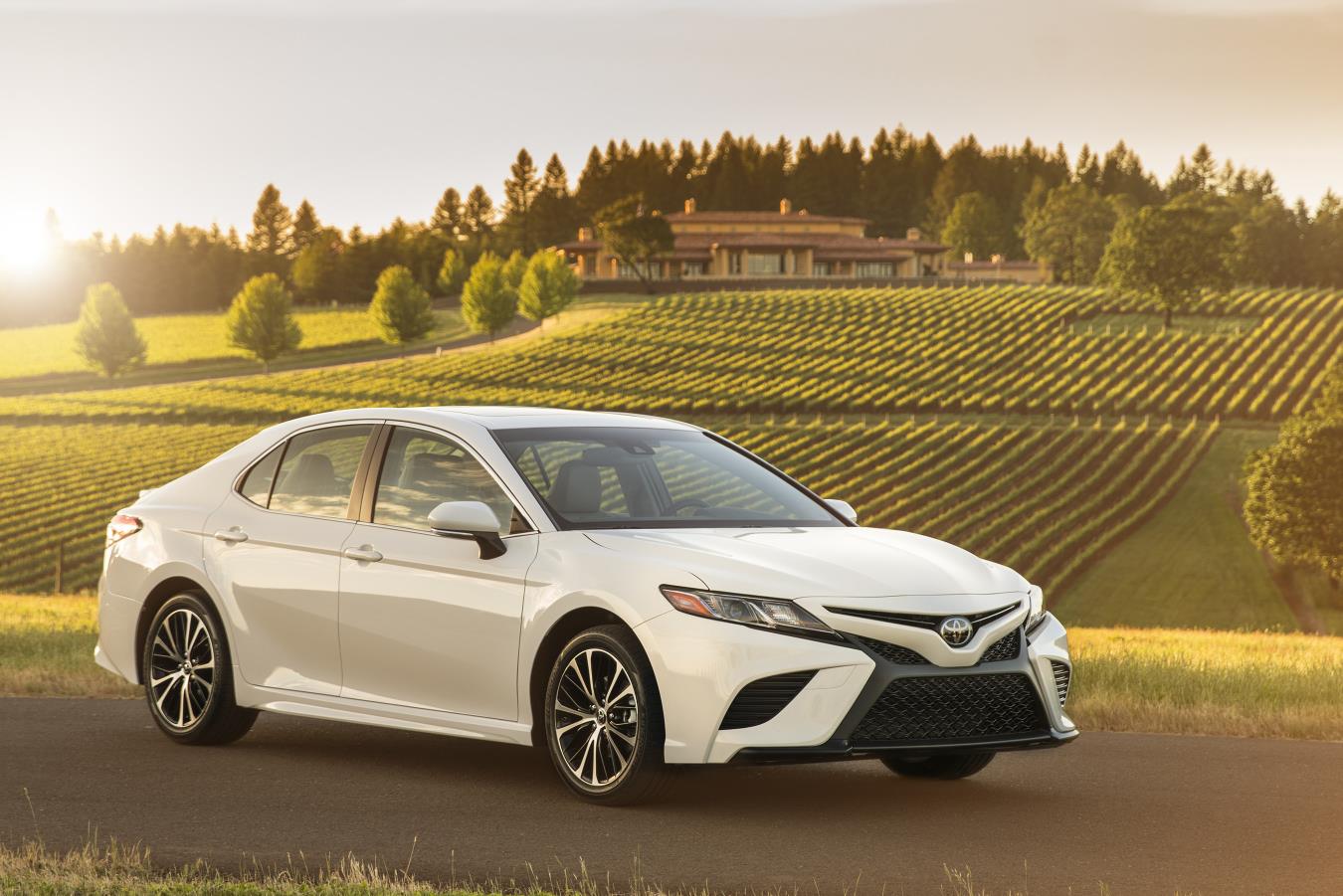
2017 could prove to be a pivotal year in the recent history of US auto sales.
As has been widely reported, December 2017’s figures sealed the deal on the first year of fewer total vehicle sales in America than the one before since the financial crash.
In such a shifting landscape there have been various changes to the accepted order that have until now prevailed as the norm.
Changing of the guard
Amidst the figures reported last week, a significant change to the vehicle sales hierarchy was notable. The venerable Toyota Camry was nudged to sixth place in the year-to-date vehicle sales chart by two SUVs.
After falling sharply between 2009 and 2011, Camry sales recovered and grew to hit a high water mark in 2015 of 429,355 for that year. In 2016, sales fell, though not as low as financial-crash levels. 2017 saw a fairly insignificant drop in its annual total – from 388,618 to 387,081.
Traditionally, in the year-end vehicle sales tables, the Camry has managed to slot in comfortably just behind two or three pickup nameplates. So what has changed in 2017?
Two SUVs have muscled in on the Camry’s turf.The SUVs in question? 2017’s rising stars, the Nissan Rogue and Toyota’s own RAV4.
Both managed to blast through the 400,000 sales barrier, putting them fourth and fifth place for 2017, and knocking the Camry down to sixth.
This is a trend that has been witnessed across the auto market for a while. US consumers are willing to spend more money to drive a high-riding vehicle with a rugged feel to it, even if the feel is all that’s different – mechanically the SUV and crossover offerings of many manufacturers are underpinned by the same internals as their passenger cars.
This is understandable; choosing and owning a vehicle has always been down to a sensory perception in the purchaser. It’s also favoured by the manufacturers for profitability – increased SUV purchases have led to an increase in value-per-transaction.
But these are not the only factors at play here.
Quite apart from the SUV pair’s sales explosion, the Camry hasn’t had it particularly easy in 2017. It has undergone a model changeover for 2018, the previous model having been on sale since 2011 in the States.
The mid-size field has moved on since – a renewed Accord was also launched this year, adding to the competition from the SUV sector.
The new Camry is the first model to harness TNGA – the Toyota New Global Architecture – meaning it has had considerable investment lavished upon it. This isn’t a model change that Toyota will take chances with.
Add to that the fact that December 2017 was the Camry’s best month since May 2015 and things are looking up for the new model.
It held onto its crown as top dog in the mid size segment – one it has held for fifteen years now – and it enters 2018 all guns blazing, renewed and refreshed.









Excluding Pickups (which are available in Gasoline/Diesel, 2 door/4 door and many engine configurations), RAV-4 and Rogue ends up as the Top-2 for the 1st time, pushing Camry to #3 spot. Wow.
While Camry sales surged 30% in last month, that of Corolla dipped 35% and RAV-4 dipped 12%.
Probably Toyota supplied more Camry’s and offered discounts to ensure that it makes at least #2 in annual sales presuming RAV-4 takes #1. To their surprise, Rogue took #2 spot with a very high December sales.
So automakers can alter the sales between their products to some extent or in short term.